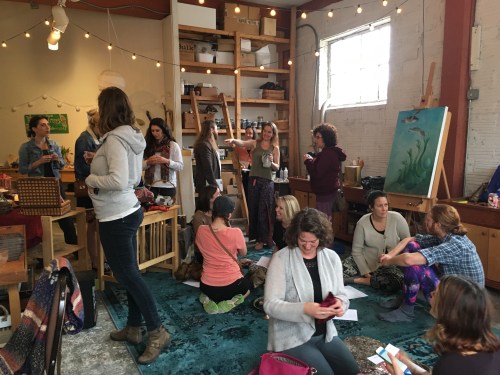 On Saturday, we hosted a self-love gathering in the studio. Everyone brought chocolate to share, and we gathered in a circle to engage in a slow meditation and guided massage practice.
On Saturday, we hosted a self-love gathering in the studio. Everyone brought chocolate to share, and we gathered in a circle to engage in a slow meditation and guided massage practice.
Self-love (especially these days, with narcissism parading itself all over the news) can get a bit of a bad rap. If we love ourselves, where is our motivation to change? If we pay attention to ourselves, where is our compassion for others?
The decision to love yourself can be greeted with disdain, with accusations of greed or pride or self-centeredness. And that’s just in your own mind! The accusations from others in your life can be even louder and stronger.
So—is it worth it? Or will self love merely morph you into a navel-gazing hedonist?

I invite you to take data for yourself. Below, I have written out a practice for self-massage that includes a meditation on self-love. Here’s the challenge: for the remainder of this week, at the end of each day, write down honestly the answers to each of these questions:
- On a scale of 1 to 10, 1 being abysmal and 10 being delightful, rate the quality/depth of your interactions today with your family and friends.
- On a scale of 1 to 10, 1 being abysmal and 10 being delightful, rate the honesty and authenticity of your interactions today with your family and friends.
- On a scale of 1 to 10, 1 being cruel and 10 being exceedingly kind, rate your interactions with strangers today.
- 1 being all day and 10 being practically no time at all, rate the amount of time you spent today feeling grumpy, moody, or self-deprecating.
- 1 being all day and 10 being practically no time at all, rate the amount of time you spent today feeling lighthearted and positive.
Then, next week, make time every day to engage in the practice below. It’s self-absorbed! It’s completely self-centered! It will appear to squander a full ten minutes of your precious time! Do it anyway. Engage in this practice every day, then answer the five questions above each night. Then compare your answers from week 1 and week 2.
If you are anything like me (and you may not be; we are all wired so differently!) your numbers on week two will have shot upward (except for question 4, which will have dropped).
Why is this?
Because you, my dear, are a person. You are the person with whom you have the most intimate relationship of all. And the way you treat yourself cannot help but have an influence on the way you treat others around you.

There is also a sneaky way in which, when we are not filling our own cup, we begin to expect others to fill it for us. We grow needy and angry and frustrated with other people. Filling our own well with self-love means we lessen our expectations on the people around us. And that is a very loving thing indeed.

SELF-MASSAGE PRACTICE
- Begin by sitting quietly in a place that you have made sacred through lighting candles, burning sweetgrass or palo santo, or spritzing an herbal mist. Take a few deep breaths to calm and center yourself in your body.
- Take a massage bar (available here) or place some warm oil into your hands and cup them, warming it between your palms. Close your eyes and think of something or someone that brings you deep joy. As you inhale, pull the sensation of joy up your spine. As you exhale, pour it down your arms and through the palms of your hands into the massage bar. Continue breathing in and out, visualizing joy like light pouring into the bar, until you can feel a radiance between the palms of your hands. Allow this radiance to fill your mind and heart, thinking only thoughts of love, joy, and acceptance throughout and toward your body, for the duration of the massage.
- Deep in the center of your heart, ask yourself: what are the words I am always longing to hear? What do I most wish someone would say to me? Whatever it is that you most long to hear, begin to whisper it to yourself internally. It doesn’t matter if you believe it at first; simply repeat it internally as a mantra.
- Continue to warm the bar with your left hand. Stroke the fingertips of your right hand across the warmed bar to gather some balm. With these fingers, using small, concentric circles, start at the nape of your neck and very slowly press your fingertips side to side along the back of your neck, working from side to side and down toward your shoulders. Work very slowly, using your inhale to massage and your exhale to press deeply. With each touch, visualize the radiance of the bar soaking deep into your skin, energizing and nourishing your cells.
- When you have reached your shoulders, return the bar to your right hand, gather some balm on your left fingertips, and use side-to-side motions down the right arm, continuing to massage on the inhale and press deeply on the exhale, all the way down to the wrist. Continue to send a sense of radiance and joy into the body through your fingertips. Clasp your wrist gently for a full breath.
- Repeat this process using the right fingertips on the left arm.
- If you have time, repeat on both sides working upward from the sole of the foot to the groin, cupping the hands over the pubic area for a full breath to finish.
- Take the bar itself and press it gently into the skin of the stomach using the fingertips of both hands. Massage in gentle concentric circles, moving in a circular motion clockwise around the belly button. Finish the belly massage by placing both hands palms-down on the belly, pressing gently inward, visualizing radiance and joy flooding from the palms of your hands into your belly.
- Finally, gather some balm on the tips of the left fingers and massage the right hand, pressing deeply into the palm and gently pulling each finger outward. Concentrate on the feeling of giving the touch, the sensations that your fingertips encounter as they stroke and press on the hand.
- Gather balm on your right finger tips and massage the left hand. This time, concentrate on the sensation of receiving the touch, both in the skin of the hand and in the heart.
- Complete the self massage by pressing the palms of both hands together at your heart. Breathe deeply, allowing the inhale to swell your heart into your hands, and as you exhale, visualize the light and warmth from the massage swirling throughout your body. Whisper the words to yourself one final time, or speak them aloud. Close the space by blowing out the candles or smudging a final time with sweetgrass, palo santo, or herbal mist.
 I’d love to hear your results if you have time to share in the comments! As always, thank you for stepping into my world to read this.
I’d love to hear your results if you have time to share in the comments! As always, thank you for stepping into my world to read this.

 I marched in Washington on Saturday, and it felt AMAZING. Today, reading all the backlash against the march, it strikes me that we need to think not only about what we are doing, but how we are doing it.
I marched in Washington on Saturday, and it felt AMAZING. Today, reading all the backlash against the march, it strikes me that we need to think not only about what we are doing, but how we are doing it.


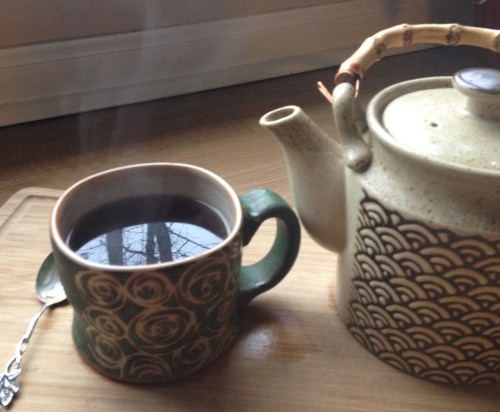
 When events grow uncomfortable enough to permeate the boundaries of what I know to be true; when the discomfort of encountering a perspective that doesn’t quite fit my current worldview encroaches upon my awareness, I have a choice: I can view the new information as a problem, or I can view it as a solution.
When events grow uncomfortable enough to permeate the boundaries of what I know to be true; when the discomfort of encountering a perspective that doesn’t quite fit my current worldview encroaches upon my awareness, I have a choice: I can view the new information as a problem, or I can view it as a solution.

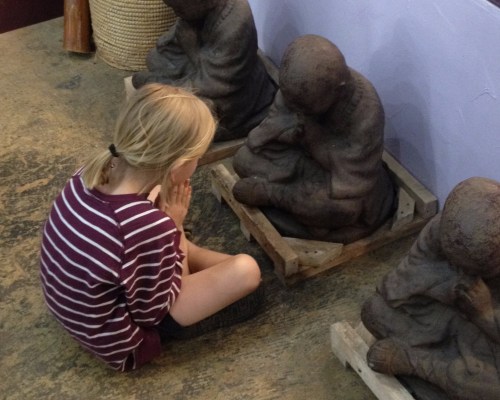
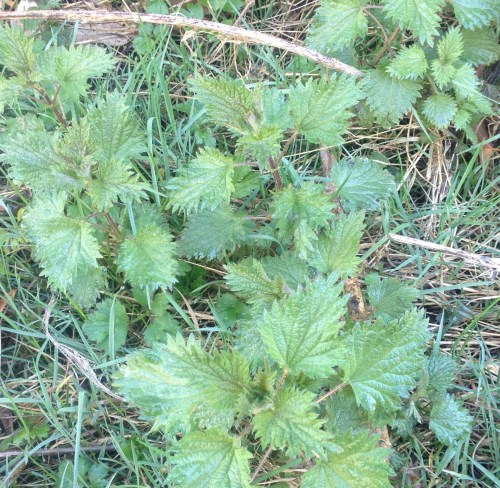
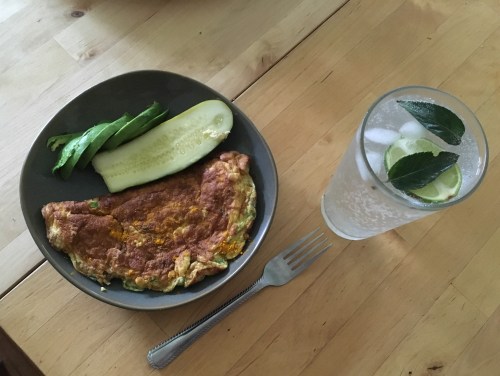
 On Wednesday night, we had the magical experience of using both deep emotion and intermodal artistic repetition to build new circuits in the brain. It felt AMAZING in that room.
On Wednesday night, we had the magical experience of using both deep emotion and intermodal artistic repetition to build new circuits in the brain. It felt AMAZING in that room.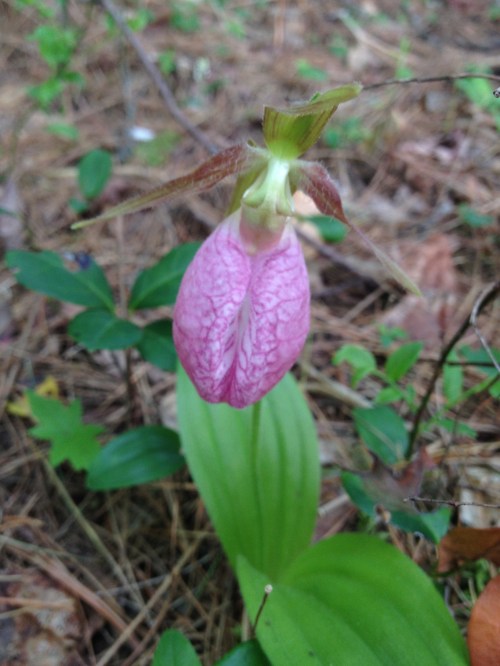
 Bertolt Brecht said “Grub before ethics.” Maslow said there is a hierarchy of needs: one must first have food, shelter, fire, and water before she can focus on self-development or creativity.
Bertolt Brecht said “Grub before ethics.” Maslow said there is a hierarchy of needs: one must first have food, shelter, fire, and water before she can focus on self-development or creativity.



 I have been wearing this bracelet since Wednesday evening. It is very simple; one bead of Czech glass, one of jasper, and one of turquoise. As I type or write or lift a cup of tea to my lips, I let my eyes rest on these simple beads and a sense of purpose fills my heart.
I have been wearing this bracelet since Wednesday evening. It is very simple; one bead of Czech glass, one of jasper, and one of turquoise. As I type or write or lift a cup of tea to my lips, I let my eyes rest on these simple beads and a sense of purpose fills my heart.


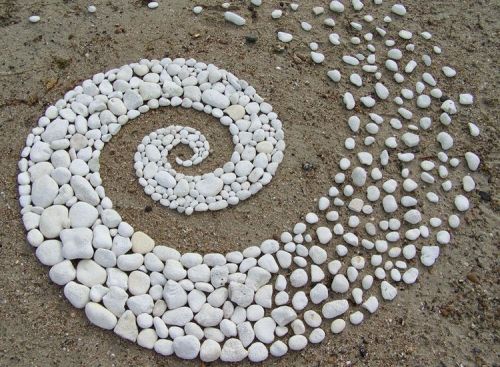 It is important to note that stacking functions is just one part of the equation. There is another permaculture principle that reminds us to design in multiple elements for each function: the reverse of stacking functions. Imagine, in the three sisters garden, if there were to be a terrible drought. Yes, the large squash leaves shade the ground, helping to conserve water in the soil, but if there is no water there to conserve, all three plants will die. We need to have a back up system, perhaps a well-placed rain barrel to collect roofwater from the garden shed, to meet the function of watering in case our first element fails.
It is important to note that stacking functions is just one part of the equation. There is another permaculture principle that reminds us to design in multiple elements for each function: the reverse of stacking functions. Imagine, in the three sisters garden, if there were to be a terrible drought. Yes, the large squash leaves shade the ground, helping to conserve water in the soil, but if there is no water there to conserve, all three plants will die. We need to have a back up system, perhaps a well-placed rain barrel to collect roofwater from the garden shed, to meet the function of watering in case our first element fails.

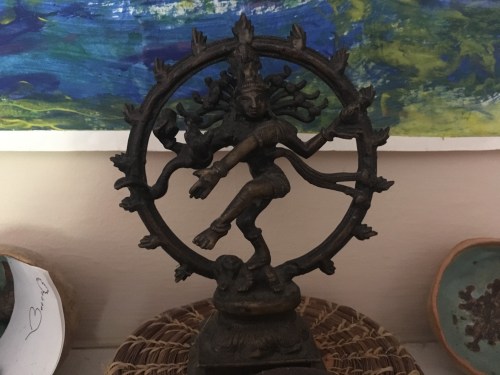

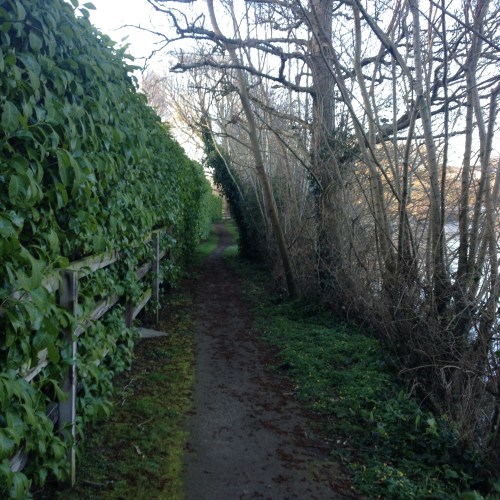
 There is a terrifying beauty to my life these days. I say terrifying because there is a specter that arrives at the door as you greet each thing of beauty into your life, the specter of its loss.
There is a terrifying beauty to my life these days. I say terrifying because there is a specter that arrives at the door as you greet each thing of beauty into your life, the specter of its loss.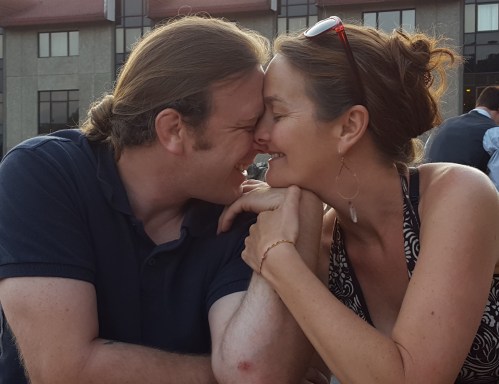













 Perhaps it’s the impending trip to Ireland, but I’ve been drawn recently to the story of Ceridwen’s cauldron.
Perhaps it’s the impending trip to Ireland, but I’ve been drawn recently to the story of Ceridwen’s cauldron.
 As I’ve learned more about Expressive Arts therapy, I have found myself drawn again and again to witnessing the wounds. How do we use art and poetry and music and movement to safely uncover these parts of ourselves and look them in the eye? How do we alchemize them into wisdom, allow our old ways to shatter, safely pour away the dross, and move on?
As I’ve learned more about Expressive Arts therapy, I have found myself drawn again and again to witnessing the wounds. How do we use art and poetry and music and movement to safely uncover these parts of ourselves and look them in the eye? How do we alchemize them into wisdom, allow our old ways to shatter, safely pour away the dross, and move on?